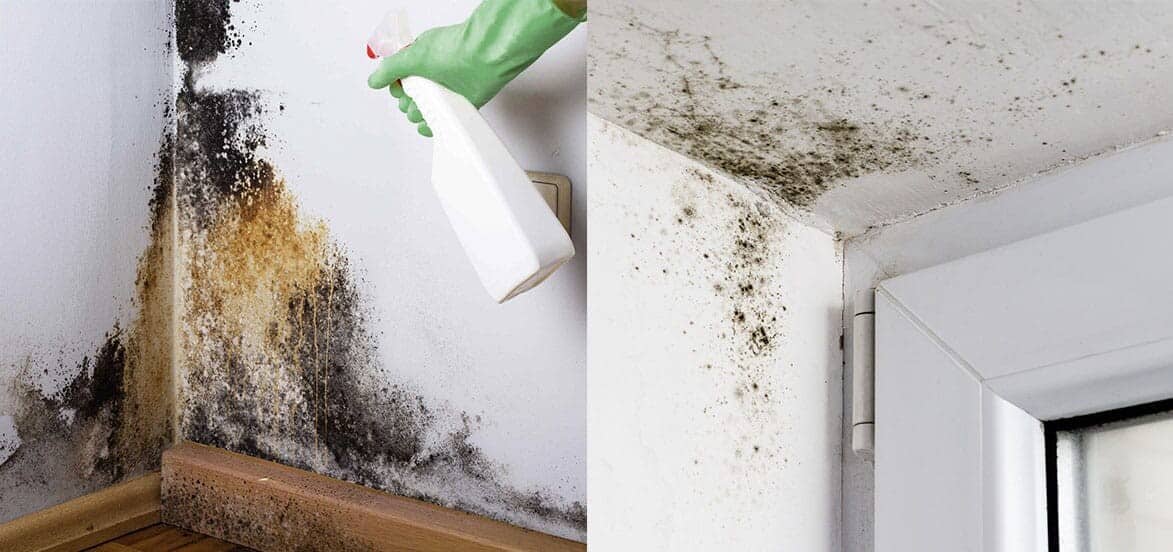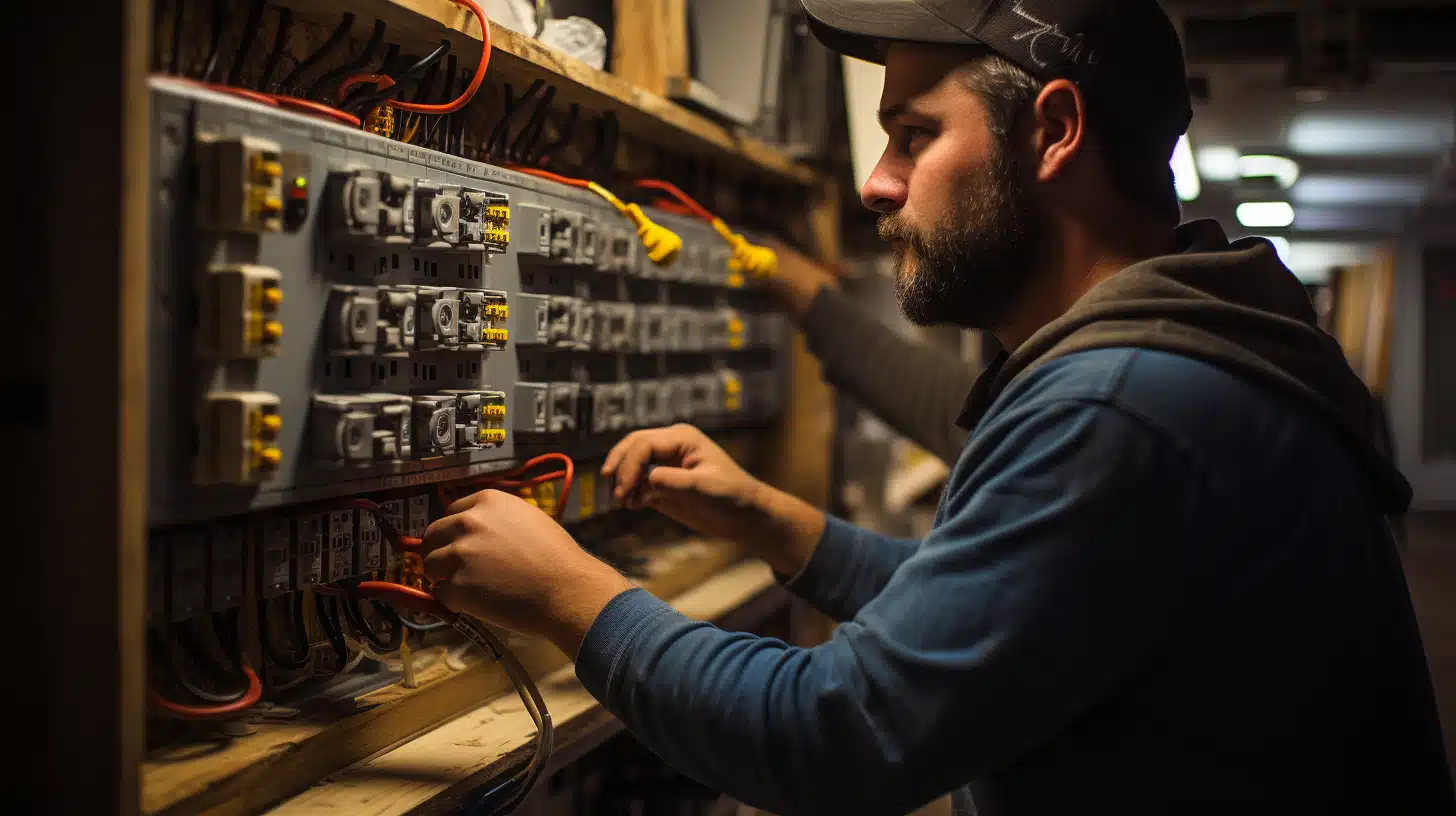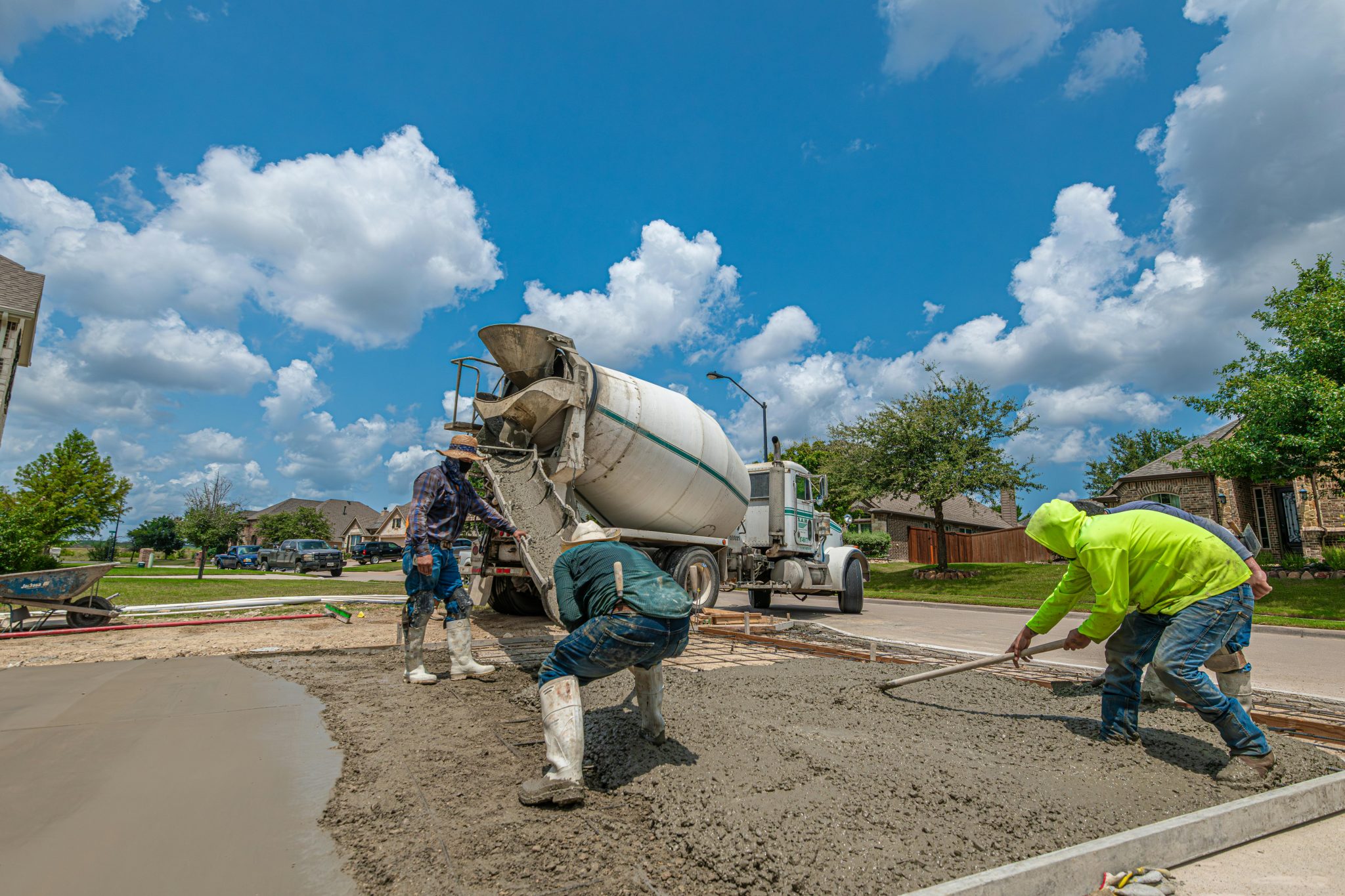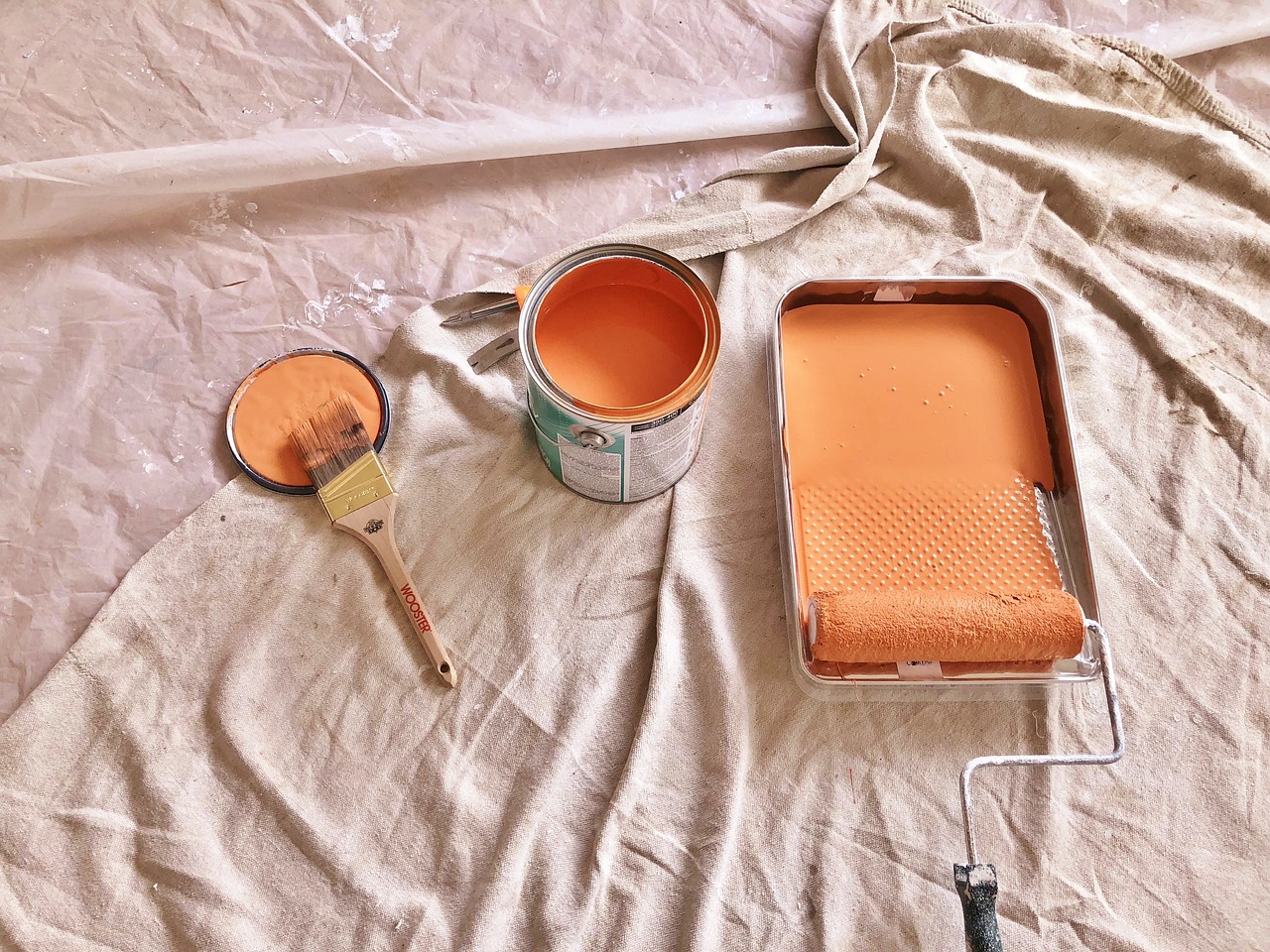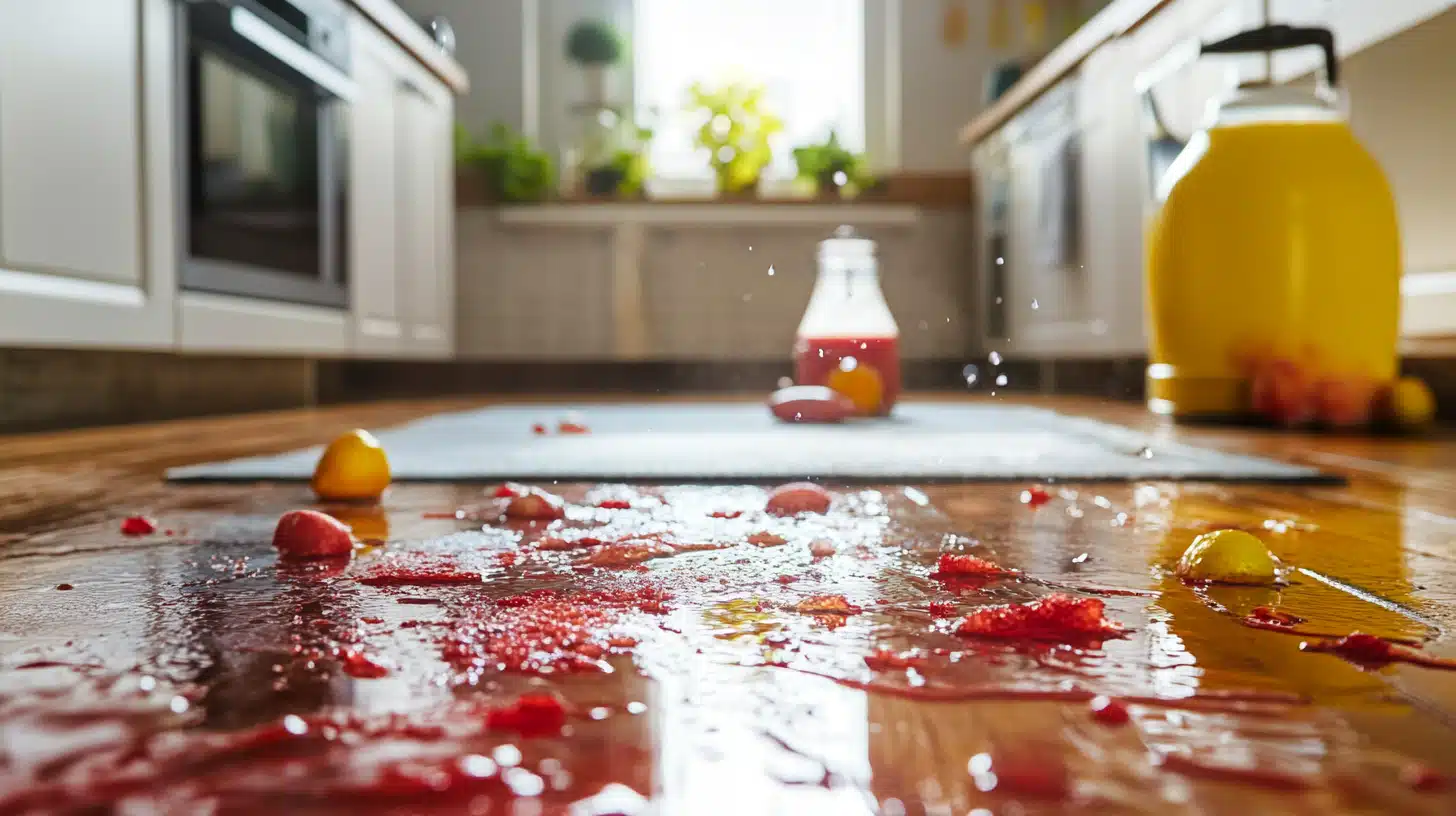Why Prioritize Mold Removal in Your Home Renovation Project
Whether you’re giving your residence a makeover, flipping a property, or making necessary repairs and improvements, renovations are an exciting time for any property owner.
While transformations are a great way to unleash the potential of your home, the process of demolition often reveals hidden secrets and hazards that need to be addressed—one common issue being the need for mold removal to ensure a safe and healthy living environment.
One of the most common problems homeowners uncover during renovations is mold and asbestos. These harmful infestors can be just beneath the surface of your property without you even realizing it.
When encountered during renovations they can both be harmful and challenging, as such it’s best to perform asbestos inspection and mold removal in Toronto as a preliminary step. Addressing mold and asbestos preventatively can help you keep your home renovation moving forward seamlessly and safely.
Guide to Mold Detection in Your Home
 In some cases mold detection is as simple as spotting visible spotting and staining on the surfaces of your property, but in many cases these visible signs of mold are just the tip of the iceberg and larger, more expansive outbreaks are below the surface deep within the floors, drywall, and insulation.
In some cases mold detection is as simple as spotting visible spotting and staining on the surfaces of your property, but in many cases these visible signs of mold are just the tip of the iceberg and larger, more expansive outbreaks are below the surface deep within the floors, drywall, and insulation.
The best way to assess and address the full scope of an infestation with complete mold removal in Toronto is with an inspection. Scheduling a free visible inspection can save you the recurring cost of mold removal in the future, by properly identifying the entirety of the outbreak.
Where You Might Find Mold During Renovations
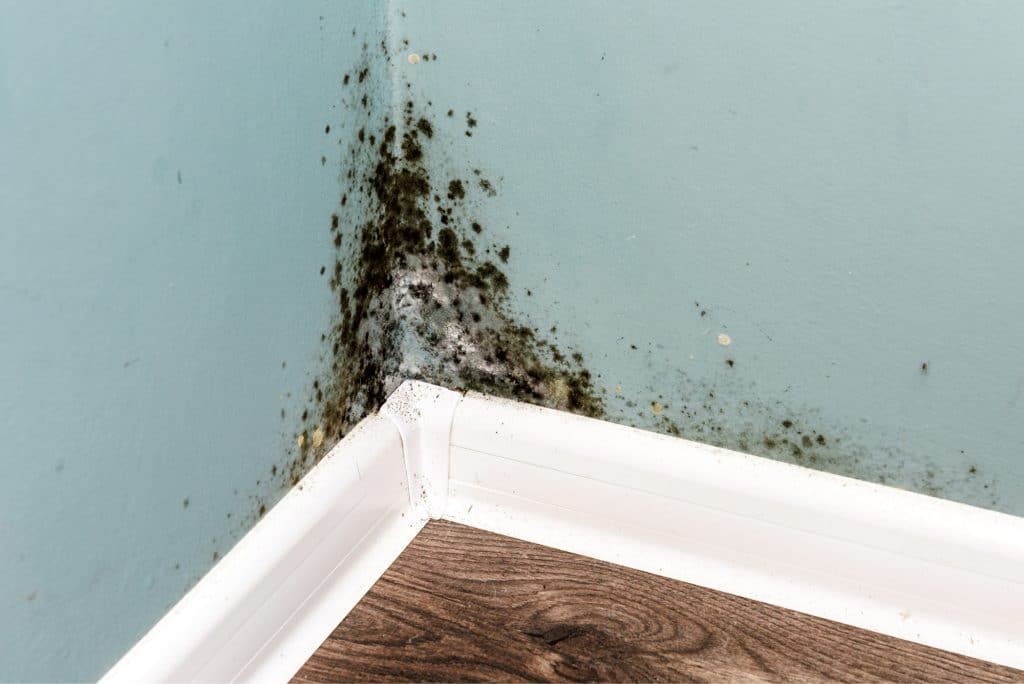
During renovations, disturbing these areas can release mold spores into the air, exacerbating the problem. Awareness of these common mold locations can guide your renovation strategy to include targeted mold removal efforts.
- Behind Wallpaper: Wallpaper tends to provide a perfect breeding ground for mold. The adhesive used to affix wallpaper to walls can retain moisture, and the wallpaper itself can restrict airflow, creating an ideal environment for mold growth.
When renovations involve removing or replacing wallpaper, it’s not uncommon to uncover mold growing unseen on the wall surfaces beneath. - Under Carpets: Carpets and the padding beneath them can absorb and retain moisture from spills, leaks, or high humidity levels, making them a common site for mold growth.
During renovations, lifting old carpets can reveal mold growth on the subflooring or padding, particularly in areas prone to dampness like basements or ground-floor rooms.
Addressing mold under carpets requires not only removing the affected flooring materials but also treating the subfloor with antimicrobial agents to prevent future growth. - Inside Ventilation Ducts: HVAC systems circulate air throughout a home, but they can also spread mold spores if mold is growing inside the ductwork.
Moisture can accumulate in ducts due to condensation or leaks, leading to mold growth that is difficult to detect because it’s hidden away from daily view.
Renovations that involve inspecting or replacing HVAC systems provide an opportunity to clean and treat ventilation ducts, with professional mold removal in Toronto to ensure they are free of mold and other contaminants. - Within Wall Cavities: Wall cavities can harbor mold for years without detection. Leaks from pipes, roofs, or windows can introduce moisture into these hidden spaces, supporting mold growth that remains out of sight behind drywall or paneling.
During demolition or wall repair activities, uncovering these cavities can expose extensive mold growth, necessitating immediate remediation to ensure the renovation does not contribute to the spread of mold spores throughout the home. - Throughout Attics: Attics are susceptible to mold growth primarily because of their position at the top of the house, where rising warm air meets the cooler air, leading to increased condensation.
This moisture, combined with a lack of adequate airflow, facilitates mold growth, especially when paired with wooden structures and insulation materials that can absorb and retain moisture, further exacerbating mold growth. Investing the cost of mold removal for your attic is vital in minimizing the damage to your insulation and harm to your indoor air quality.
What Might Trigger Mold During Renovations
When planning a home renovation, in addition to removing existing mold outbreaks, you’ll also want to prevent new infestations from forming.
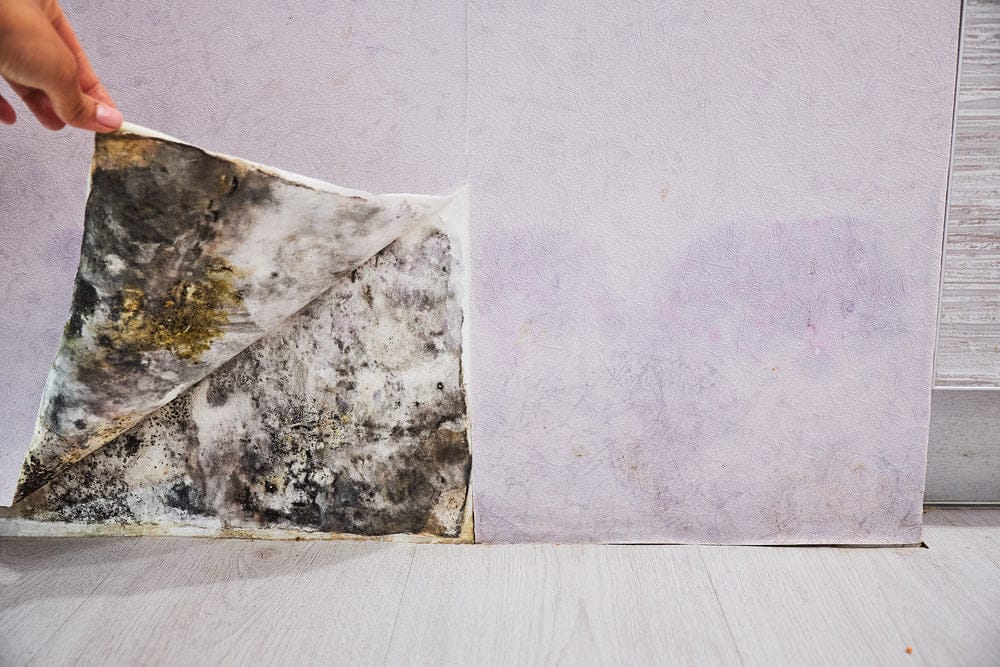
If you experience floods, pipe bursts, or other similar incidents it’s imperative that you call for water damage restoration in Toronto immediately. Not only will this reduce the chances of you needing mold removal services, but it will also help prevent electrical issues and other costly damage, facilitating a smoother renovation project.
How to Prevent Mold During Your Home Construction
While mold exists naturally in our environment, making it difficult to avoid altogether, certain measures can be taken to mitigate the onset of infestations.
Because infestations are caused primarily by moisture, restoration companies recommend always addressing water damage immediately.
Flooding and leaks can start transforming into mold, attracting lingering in spores in just 24-48 hours. As time progresses the span of the outbreak increases.
Measuring indoor humidity and keeping building materials dry is one of the most effective ways to prevent mold from intruding and sparing yourself the added costs of removal.
If you spot the visible signs or odour of mold, the best course of action is to book an inspection and schedule remediation services if required with an IICRC-certified company.
Protect Your Renovation Projects with Restoration Services
Incorporating mold removal and asbestos inspection into the early stages of your Toronto home renovation project is not just a best practice for health and safety; it’s an essential step in ensuring the long-term success and sustainability of your renovation efforts.
By addressing these concerns upfront, you can proceed with your renovation with confidence, knowing that your home will be safer, healthier, and more enjoyable for years to come.

